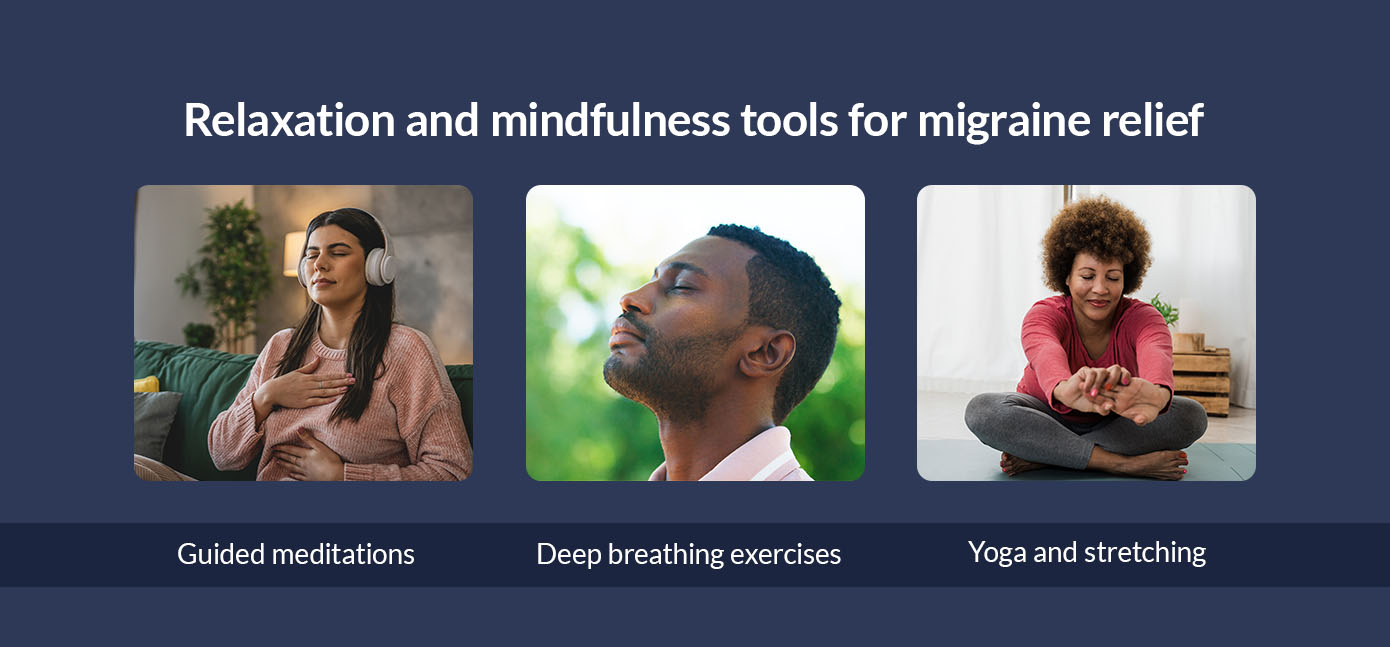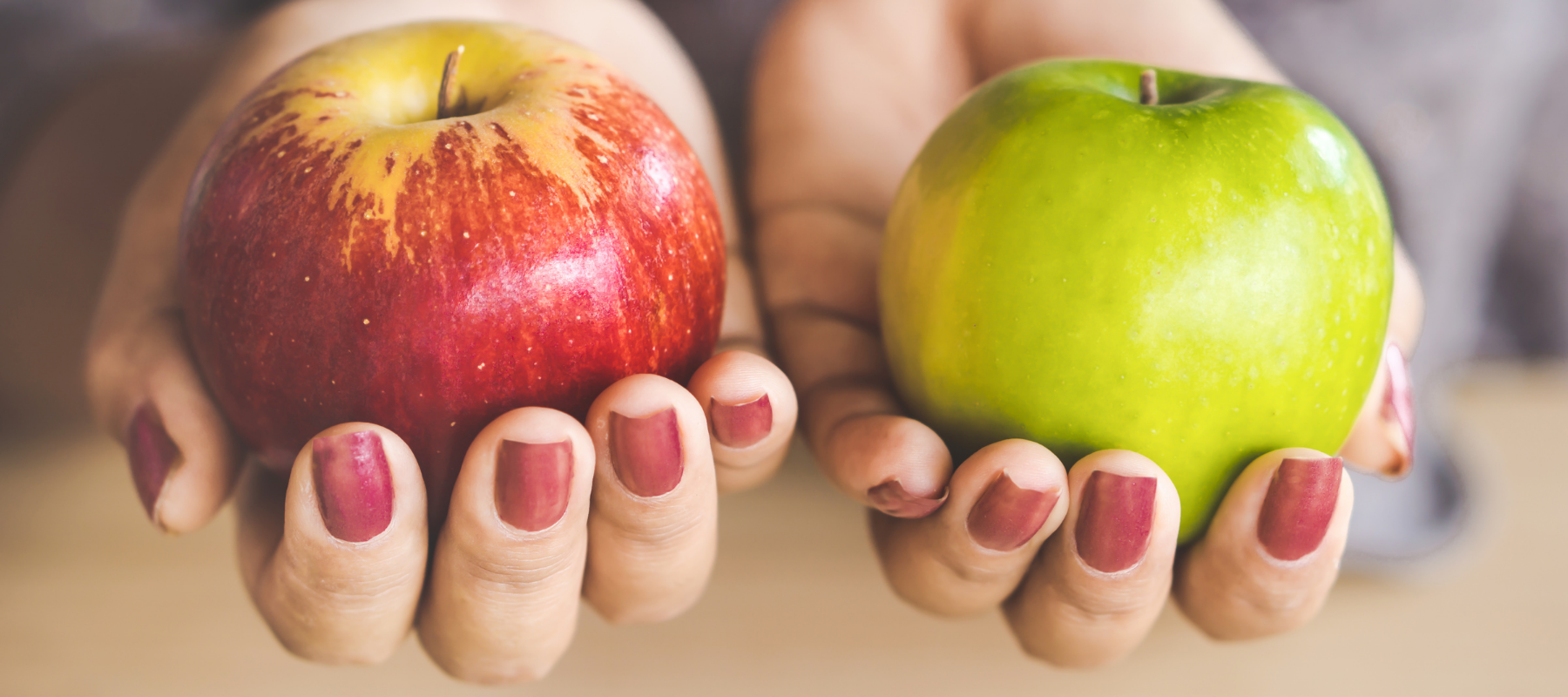Migraine can get in the way of your daily routine and the things you want to accomplish. Luckily, a few tools and practices can offer much-needed relief. For those who experience migraine attacks, finding strategies to lessen unwanted symptoms can make a huge difference.
From wearable devices to air purifiers, there are several methods that may alleviate pain and help you enjoy fewer migraine days.
Physical tools for migraine relief
Some of the best tools for migraine relief include:
- Cold compresses: Some people find some relief by using ice packs or cold compresses on the neck or forehead. Cold temperatures can reduce inflammation, which may help with migraine pain.
- Warm compresses: Heat therapy may also help you feel better. Consider using a warm compress or heat pack to promote relaxation and reduce muscle tension. The warm temperatures can offer greater comfort and potentially soothe migraine symptoms.
- Massage tools: For some individuals, a massage can be a welcome addition to their migraine treatment plan. Massages can help ease muscle tension and reduce stress, which can be a game-changer for those dealing with stress-induced migraine attacks. Massages can also release endorphins in the body, which support pain relief by interrupting pain signals in the brain.
- Essential oils: Various types of essential oils may be helpful for people with migraine. Lavender can help you sleep better and reduce poor-quality sleep that can trigger migraine. Peppermint oil may help reduce tension-related pain and nausea while improving blood flow and relaxation. These oils can complement other tools and help you create a spa-like setting to combat a migraine attack.
Medical devices for migraine relief
Neuromodulation is now a well-established option for migraine treatment, offering a safe, effective, and non-invasive approach. Using precise impulses, neuromodulation stimulates or desensitizes nerves to regulate their behavior. This targeted approach allows neuromodulation devices to directly affect the nerves that transmit pain signals, providing a clinically proven solution for the challenges of migraine pain.
CEFALY is a drug-free, non-invasive treatment device that stimulates the trigeminal nerve. It sends small electrical impulses through an electrode placed on your forehead. You can choose from two treatment settings. ACUTE mode lasts 60 minutes and relieves pain and other symptoms associated with migraine attacks. PREVENT mode is a 20-minute program for daily use to help reduce your migraine days. This makes CEFALY a valuable tool for those seeking greater control over their migraine management.
Get Drug-Free Migraine Relief With CEFALY
Shop Now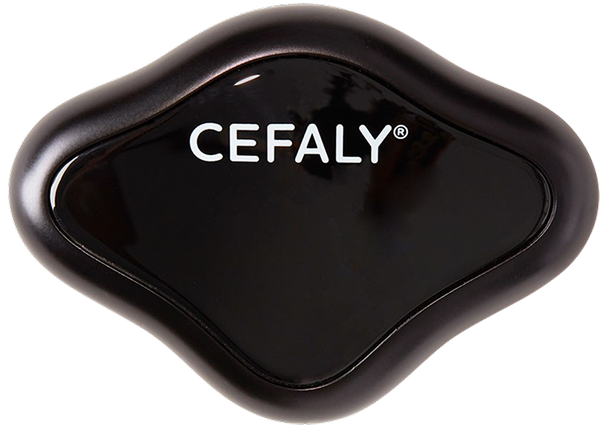
90-day money back guarantee
FDA-cleared
financing available
Environmental migraine relief tools
Your environment can have a big impact on how you feel during a migraine attack. A few tools can help you avoid everyday triggers and create a space that is more fitting for finding relief:
- Sunglasses: Light sensitivity is a common migraine symptom. Consider wearing a pair of sunglasses, even if you are inside buildings with harsh overhead lighting. Lenses that filter red, blue and amber light, such as Avulux, are best.
- Earplugs or noise-canceling headphones: Loud sounds can trigger and worsen migraine attacks. Take care of the sounds you can control, such as a nearby television or speaker. Wear earplugs or noise-canceling headphones. These can help block out the sounds you cannot change, such as car horns, construction noises or lawnmowers.
- Dehumidifiers: For some people, warmer weather and higher levels of humidity can trigger migraine. If this is the case for you, consider using a dehumidifier to maintain a cooler, drier environment.
- Air purifiers: How the body responds to allergens can heighten and trigger migraine pain. Running an air purifier can help you create a more comfortable space with better air quality. Be sure to change the filter every few months or as needed.
Relaxation and mindfulness tools for migraine relief
A migraine attack often involves a painful throbbing in your head. Resting your body and staying calm may help prevent some symptoms from worsening. The following are useful mindfulness techniques that you can use to combat stress and support better relaxation.
Guided meditations
Meditation can help you improve sleep, reduce stress and manage pain, all of which can trigger migraine attacks. Meditation apps and videos are a great way to slow down and relax your body.
Deep breathing exercises
Breathwork can also be a helpful tool in combating migraine. You can use the 4-7-8 breathing technique to activate your parasympathetic nervous system. This helps your body reduce stress that can impact migraine pain.
Yoga and stretching
Practicing yoga is an effective way to relieve muscle tension and achieve deep relaxation. Slow movements and gentle stretches may help release stress that can cause or worsen migraine symptoms.
Assistive technology for dealing with migraine
Several technologies can make life easier for those dealing with migraine. Explore the following options and how they can offer relief from common symptoms:
- Voice-activated assistants: When an attack occurs, even the smallest movements can cause discomfort. Consider taking advantage of voice-activated assistants whenever possible. Instead of getting out of bed to write down a medication reminder or picking up your phone to text a friend, ask your digital assistant to do the hard work for you so you can rest comfortably. You can also ask it to play soft white noise to help block out more bothersome sounds around you.
- Blue light blocking software: If you need to use a computer or phone when you have a migraine, some apps help block the blue light from the screen to avoid worsening your symptoms.
- Smart lighting: Smart lightbulbs allow you to control your lighting’s color, dimness and schedule. This lets you create the best environment for relaxation during a migraine attack.
Lifestyle tools for preventing migraine
A few lifestyle tools can help people who deal with migraine reduce the number of attacks they experience, such as:
- Getting quality sleep: Not getting enough sleep is a common migraine trigger. Prioritizing rest and taking steps to optimize your sleep is very important. The trick is to try for better-quality slumber more regularly. Maintaining a nighttime routine and creating a calm environment can help.
- Staying hydrated: Dehydration can cause migraine. Drinking enough water daily is crucial for feeling your best and combating attacks. If you feel one coming on, prioritize drinking some water and resting.
- Identify trigger foods: If you are prone to migraine, learning about the foods that can trigger an attack can be very helpful. Aged cheese, cured meats and fermented foods are all examples that may trigger migraine. Keep a diary of foods, drinks and individual ingredients that trigger your symptoms so you can help avoid attacks in the future.
Discover CEFALY today
A migraine attack can disrupt your daily life. Stay prepared with CEFALY, an FDA-cleared device that offers drug-free migraine relief and prevention.
CEFALY Connected is clinically proven to relieve pain and reduce the frequency of attacks. The device’s long battery life and compact design make it perfect to take on the go, so you are always prepared when symptoms arise.
Are you ready to get back to life? Try CEFALY risk-free with our 90-day money-back guarantee!

